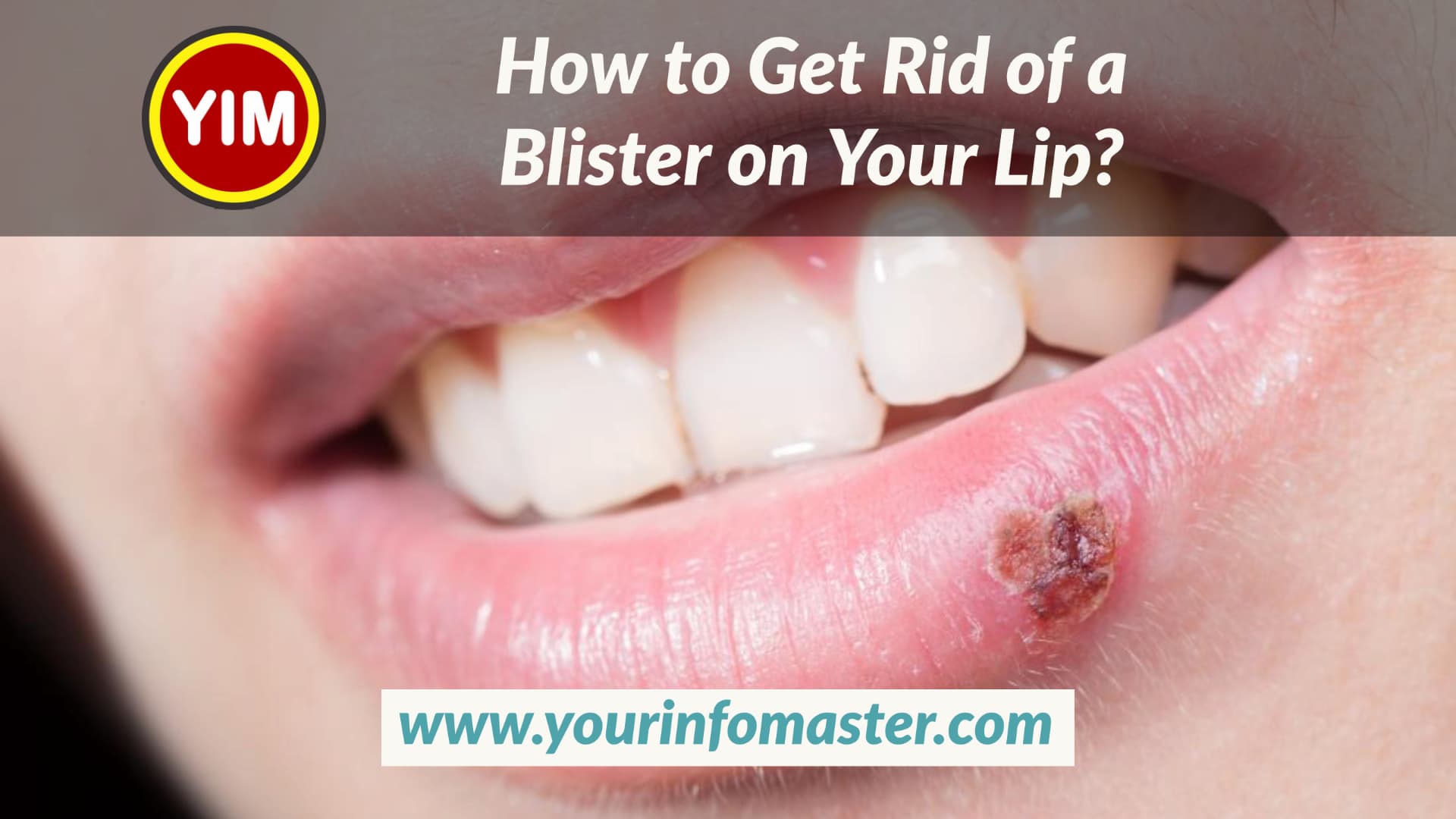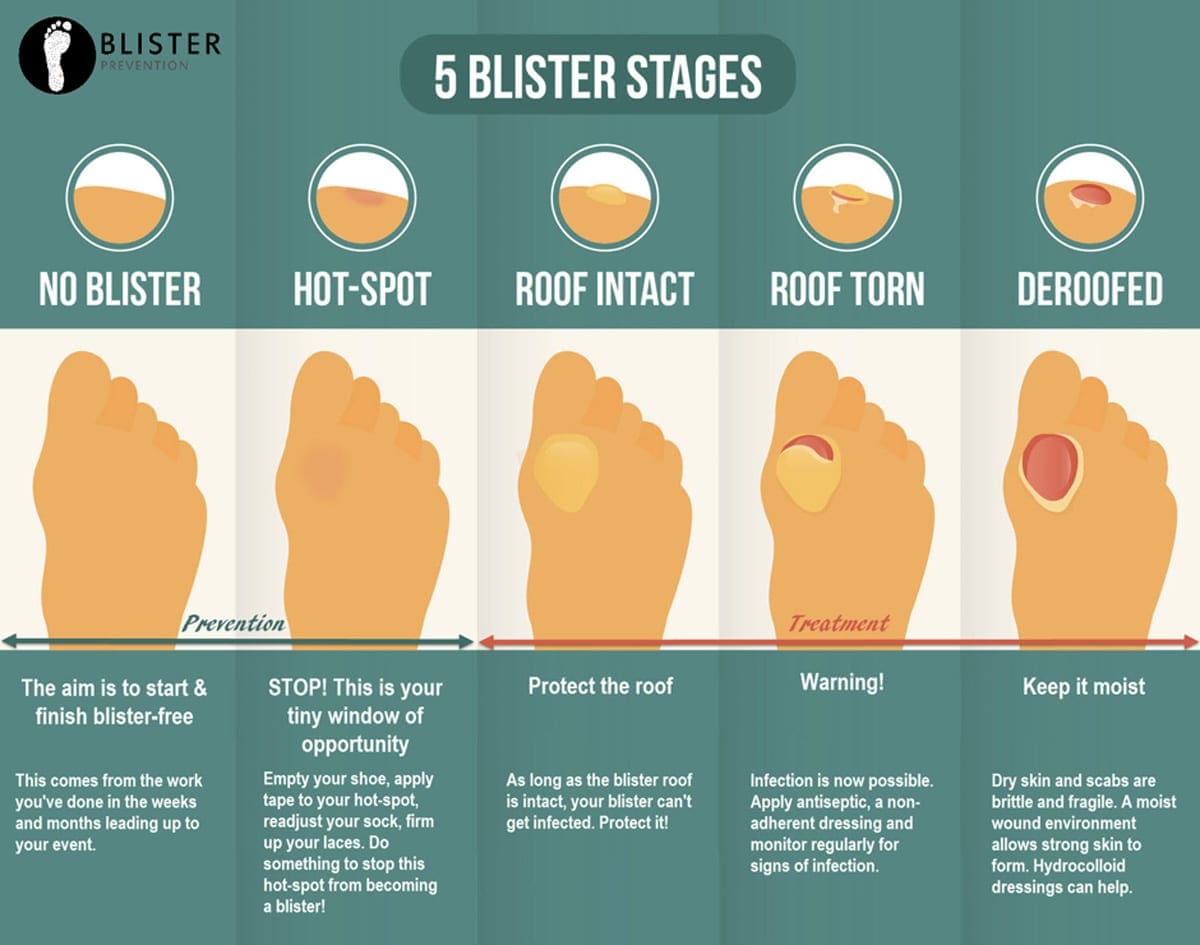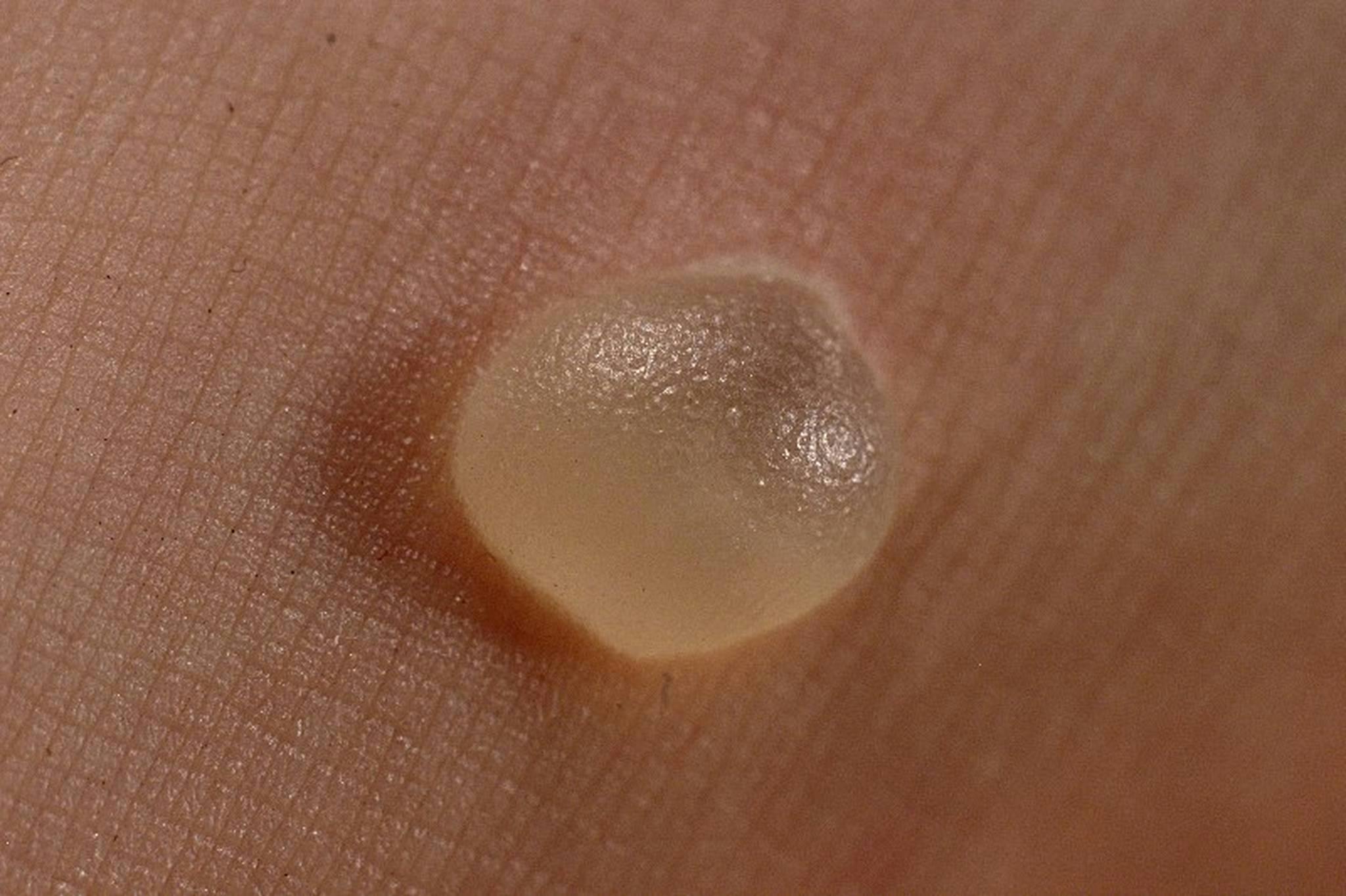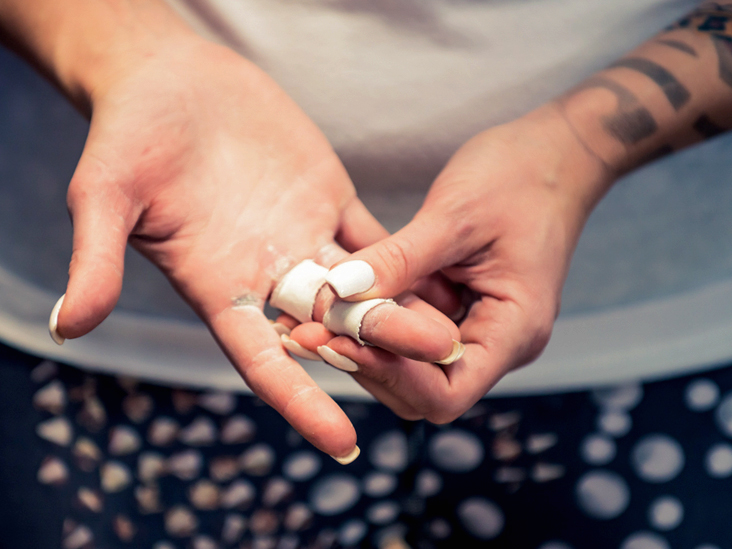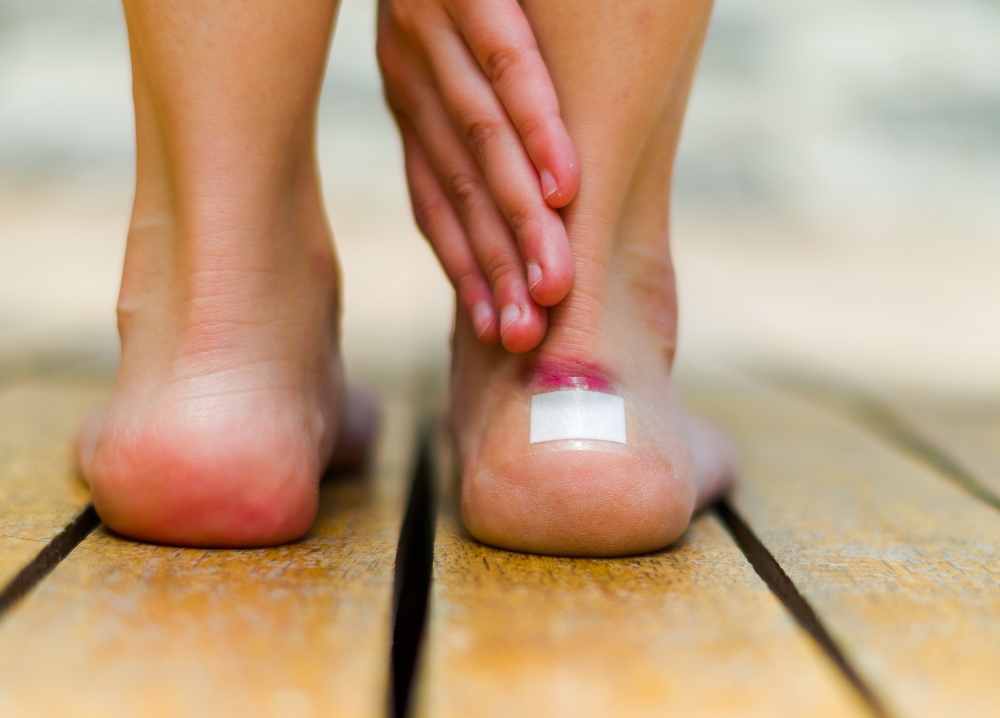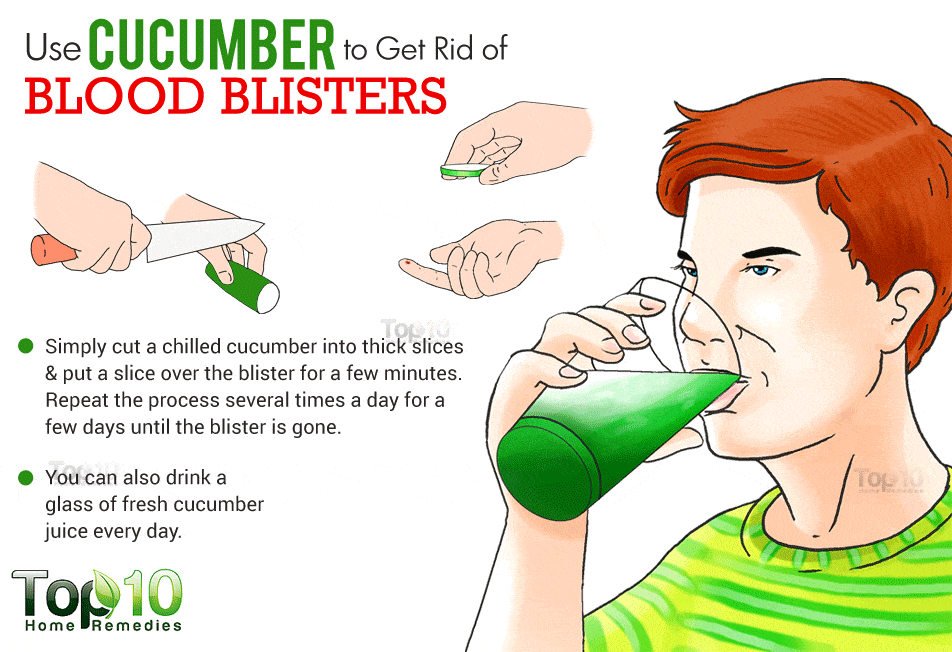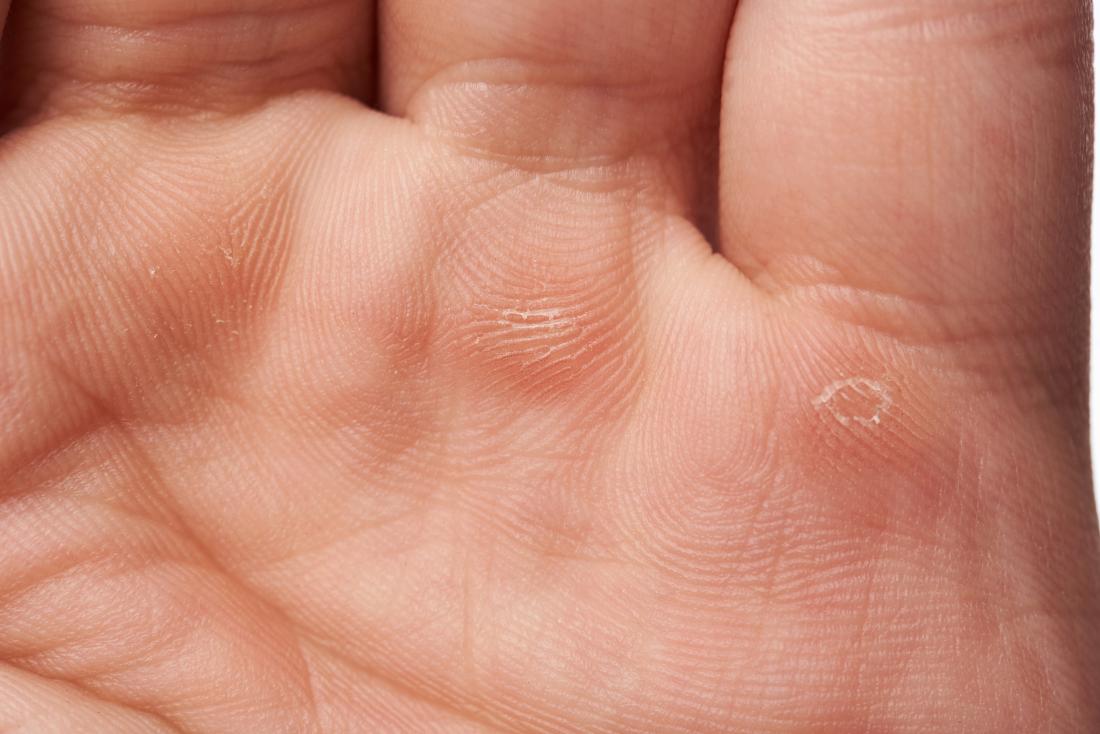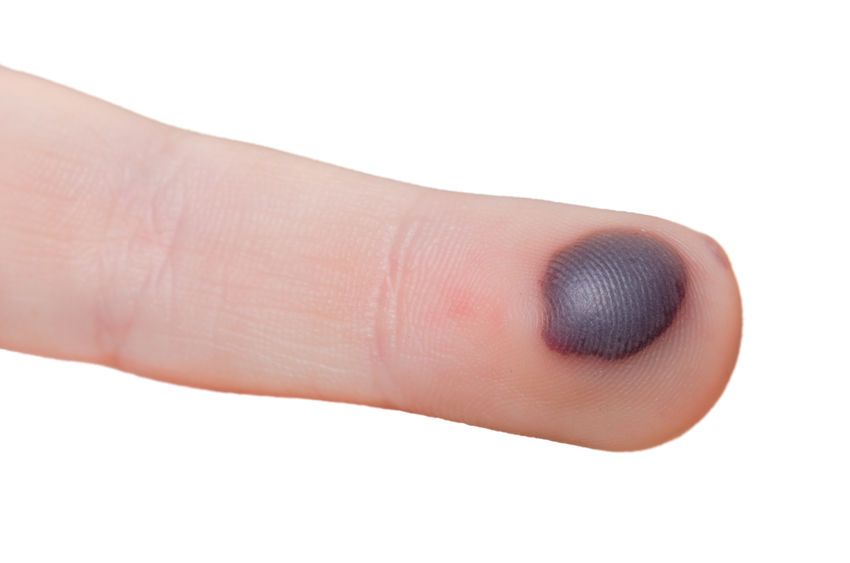Can’t-Miss Takeaways Of Tips About How To Get Rid Of A Blister On Your Finger
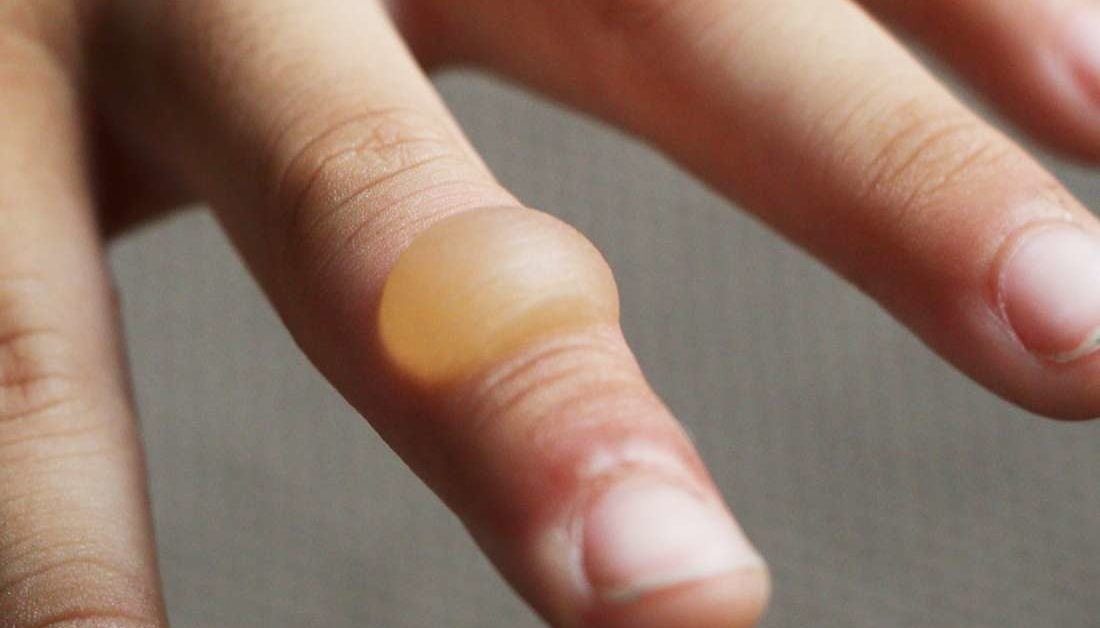
Find a spot near the edge of the blister.
How to get rid of a blister on your finger. Learn to manage finger blisters here. Friction blisters occur from repeated rubbing or pressure on your skin, and. Home illnesses and conditions injuries skin injuries blisters blisters are small pockets of fluid that usually form in the upper layers of skin after it’s been.
Wash your hands before you drain a blister that's in an awkward spot. How to get rid of blisters on your fingers whether you’ve got a blister from plucking, strumming, fingerpicking, tapping, or even on your thumb, they’re mostly. Swab the blister with iodine.
You may get a blister that's on your finger or palm that makes it hard to function. Denise mann, ms updated: Blisters develop to protect damaged skin and help it heal.
We also cover types of burns and when to see a doctor. Use the needle to prick. Friction blisters on the feet are very common, especially in people who walk or hike long distances, such as hikers or soldiers.
Don’t poke the needle into the center of the. A blister is a painful skin condition where fluid fills a space between layers of skin. Learn about how to treat a burn and the resulting blister in this article.
Follow up 2 min read blisters from spider bites, chicken pox, shingles, cold. How to prevent blisters. Factors that cause friction blisters in.
Make sure your shoes fit properly and avoid wearing footwear that is either too loose or too tight. Itchy, scaly skin on or around your blisters. When to drain a blister 4.
Medically reviewed by jessica wu, md. Prevention takeaway blisters take time to heal. You can get blisters from friction, heat, blood or other factors.
Small, firm blisters on the sides of your palms, fingers and soles. You can treat a blistering burn on your finger by administering prompt first aid, cleaning and caring for the wound, and promoting recovery. They're mostly caused by friction, burns and skin reactions, such as an allergic.
However, there are things you can do to reduce pain and discomfort, and help protect the area from further injury,. Wash your hands and the blister with soap and warm water. Insert the sterile needle into the edge of the blister and let the fluid drain.

